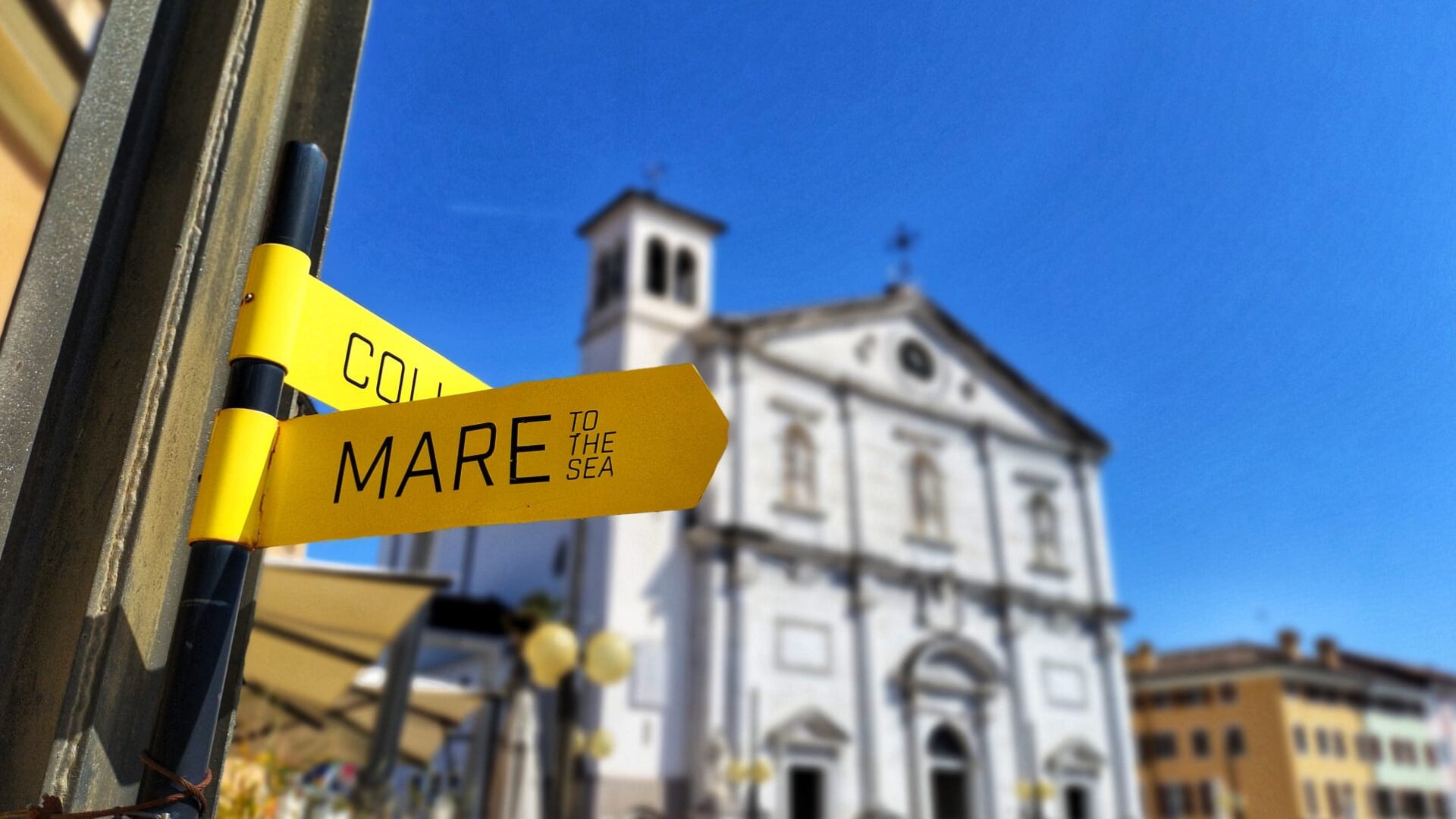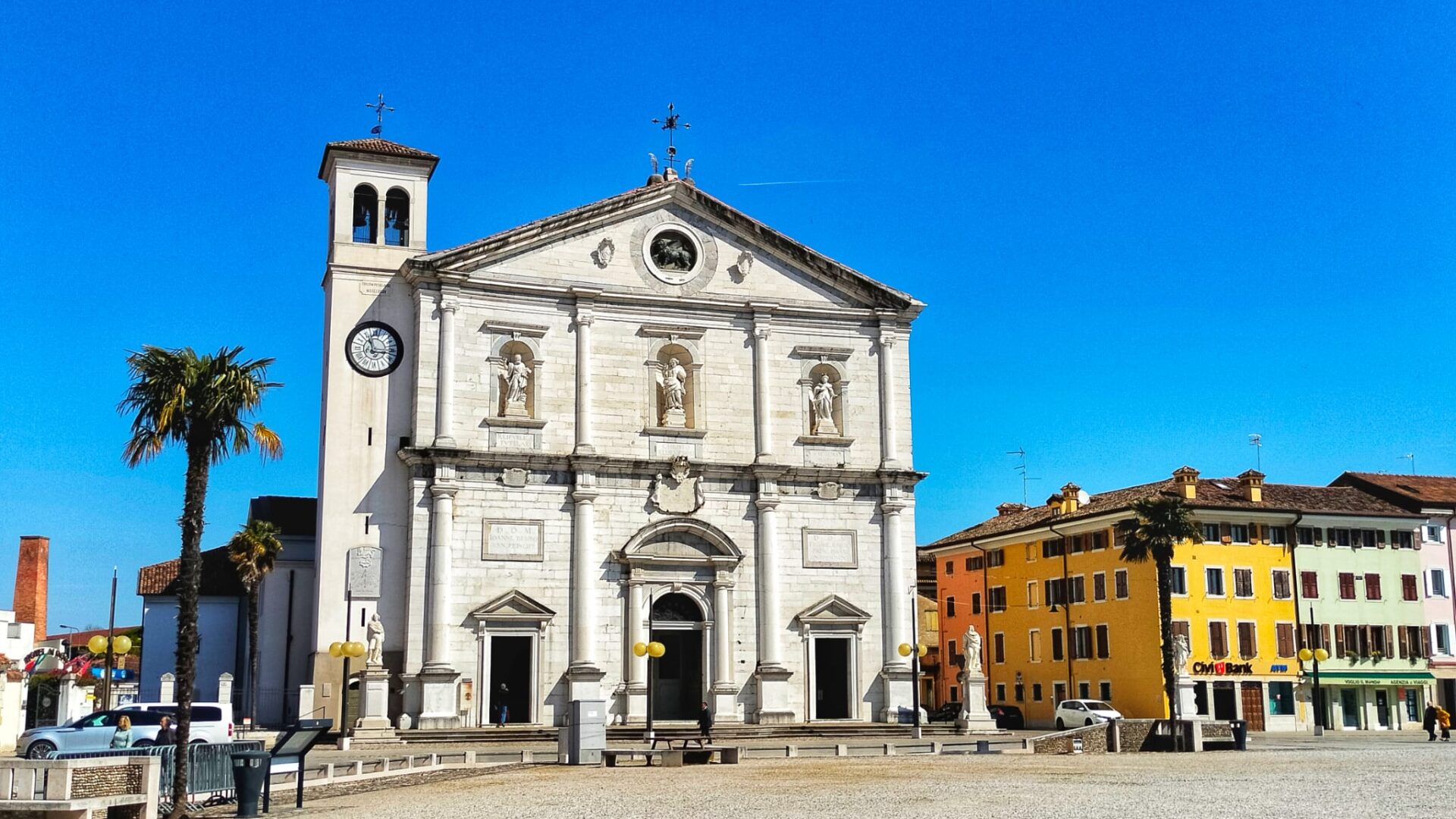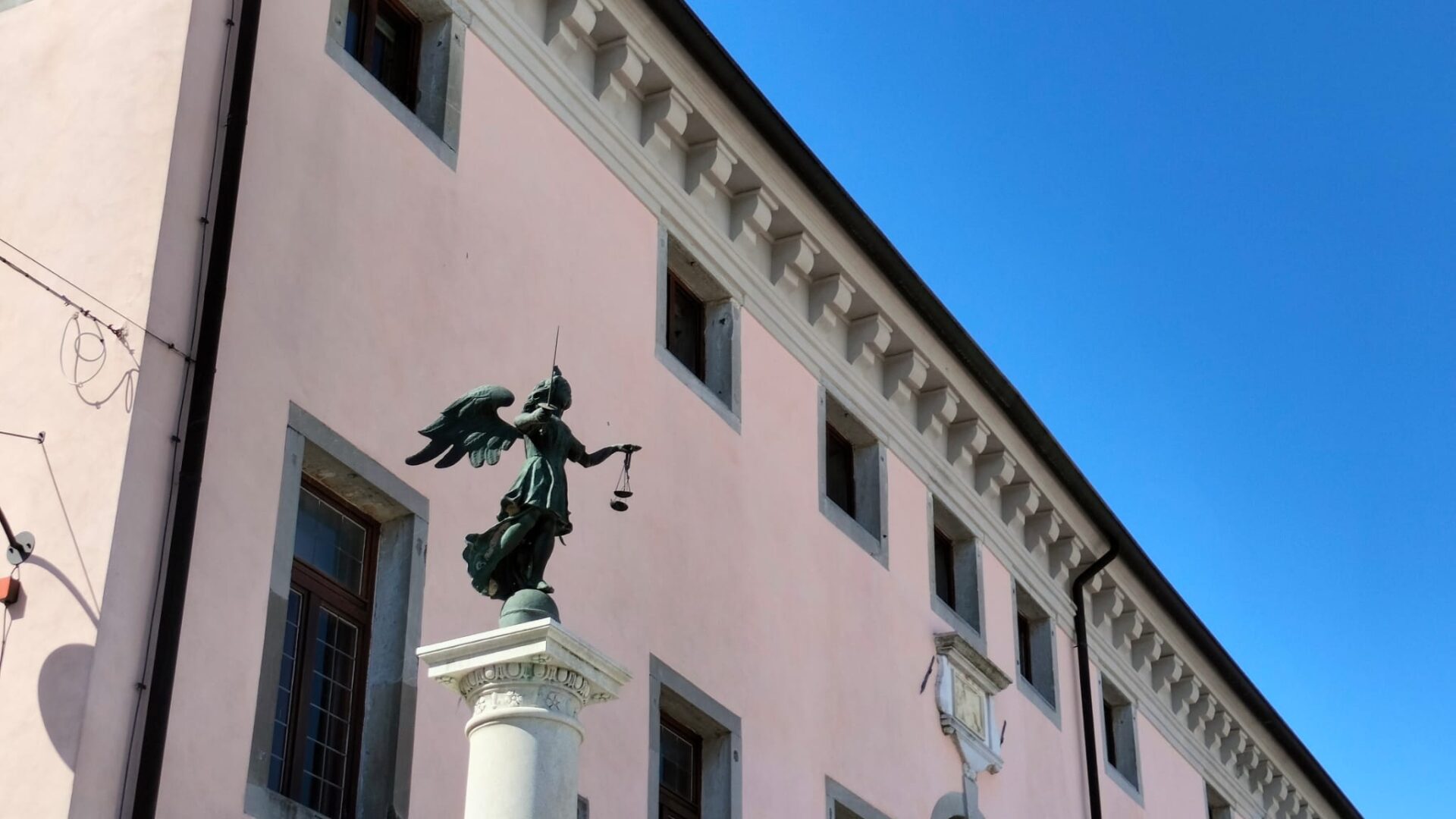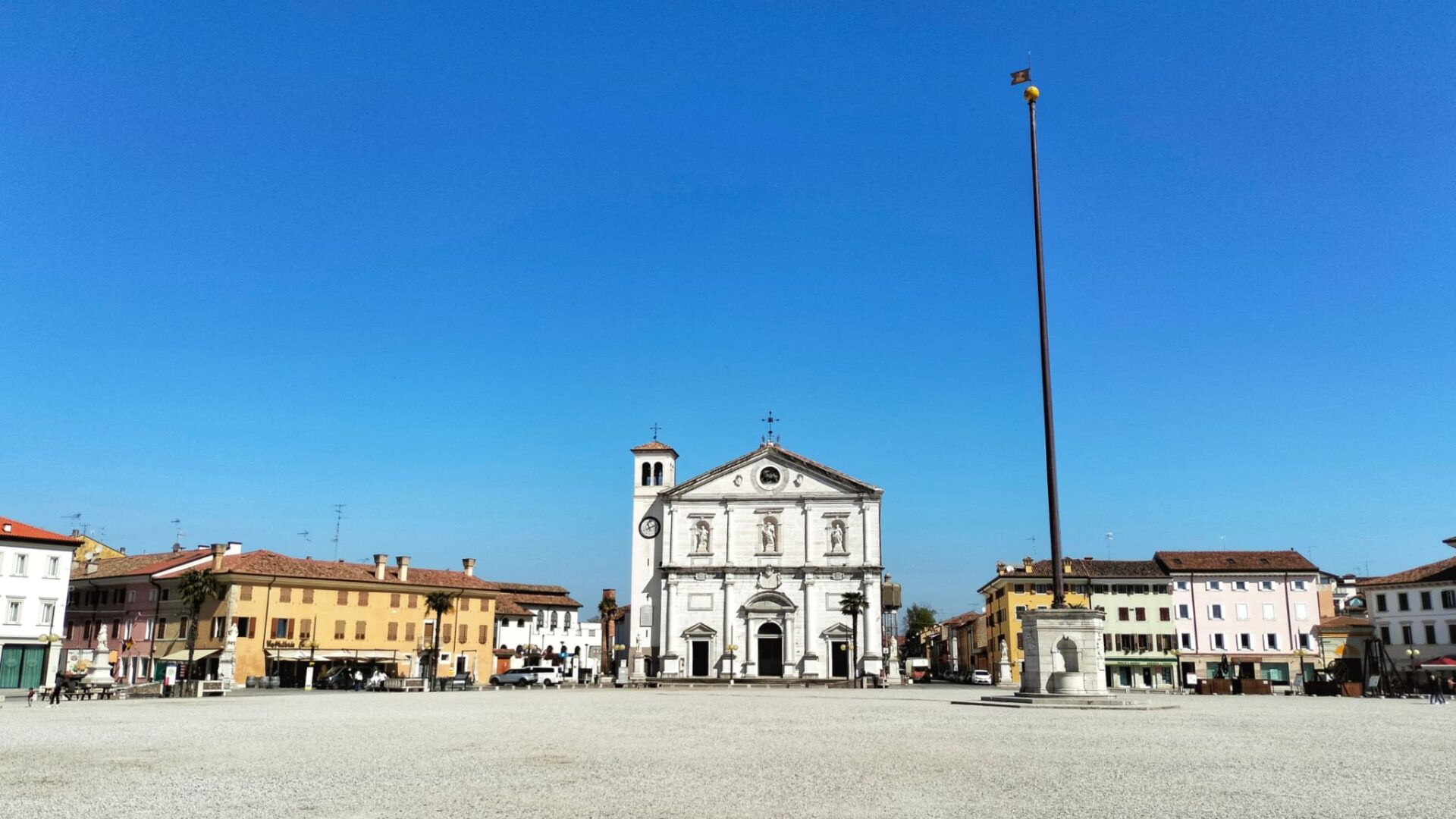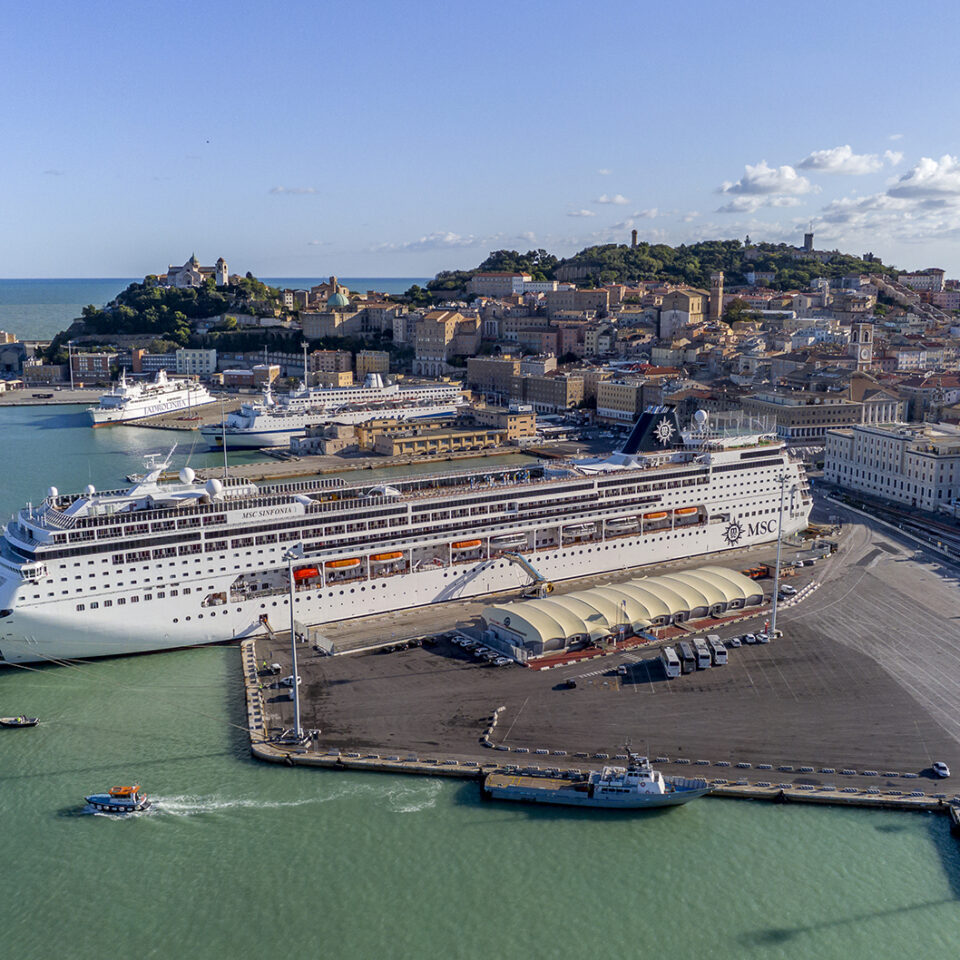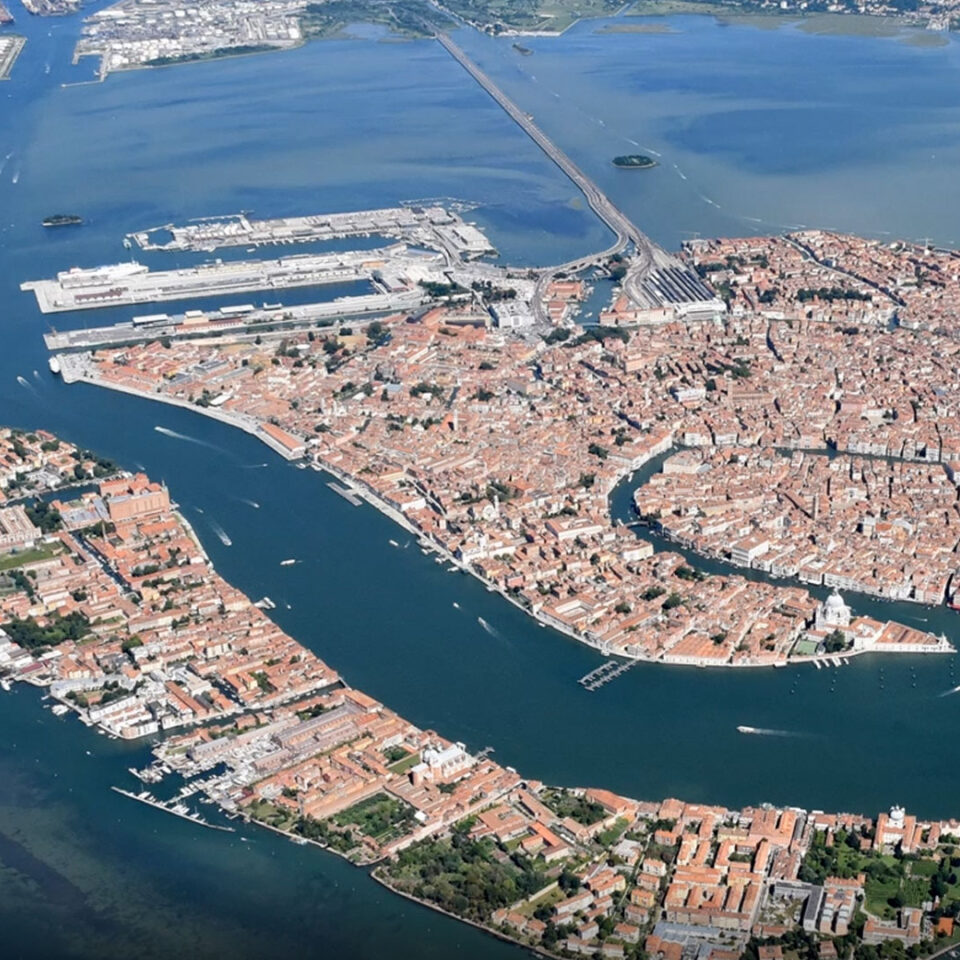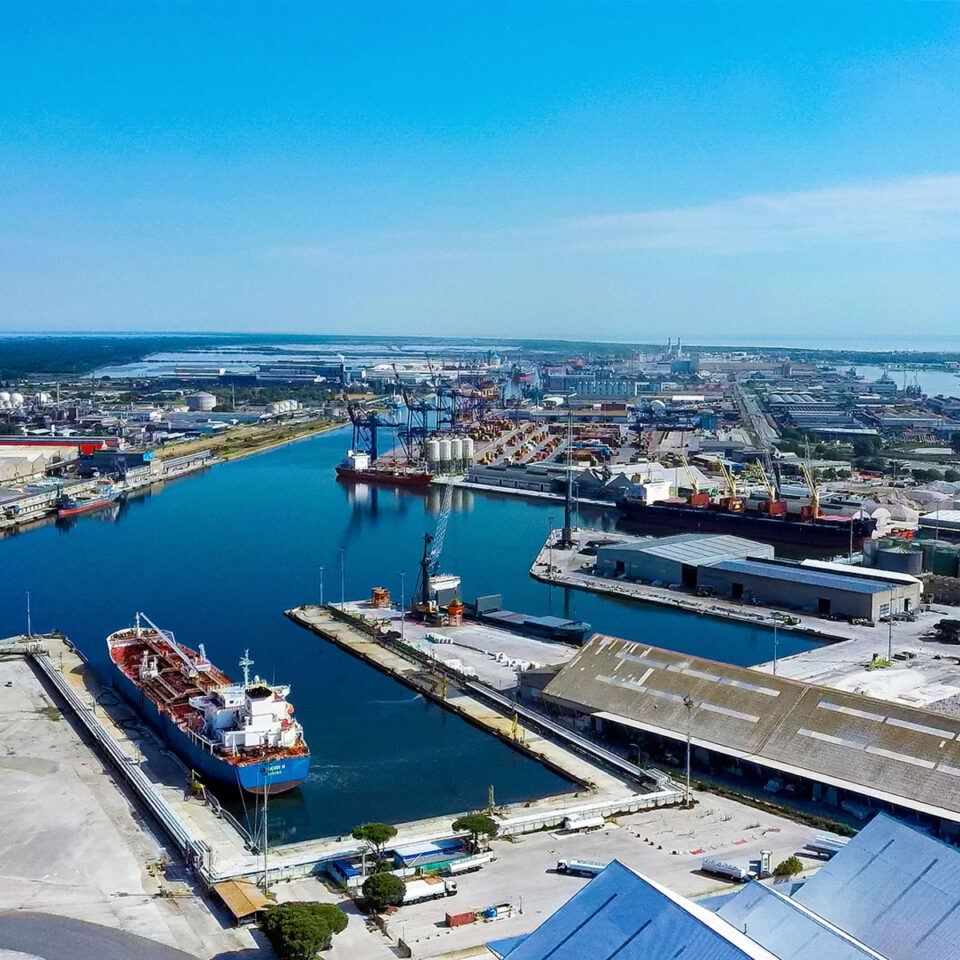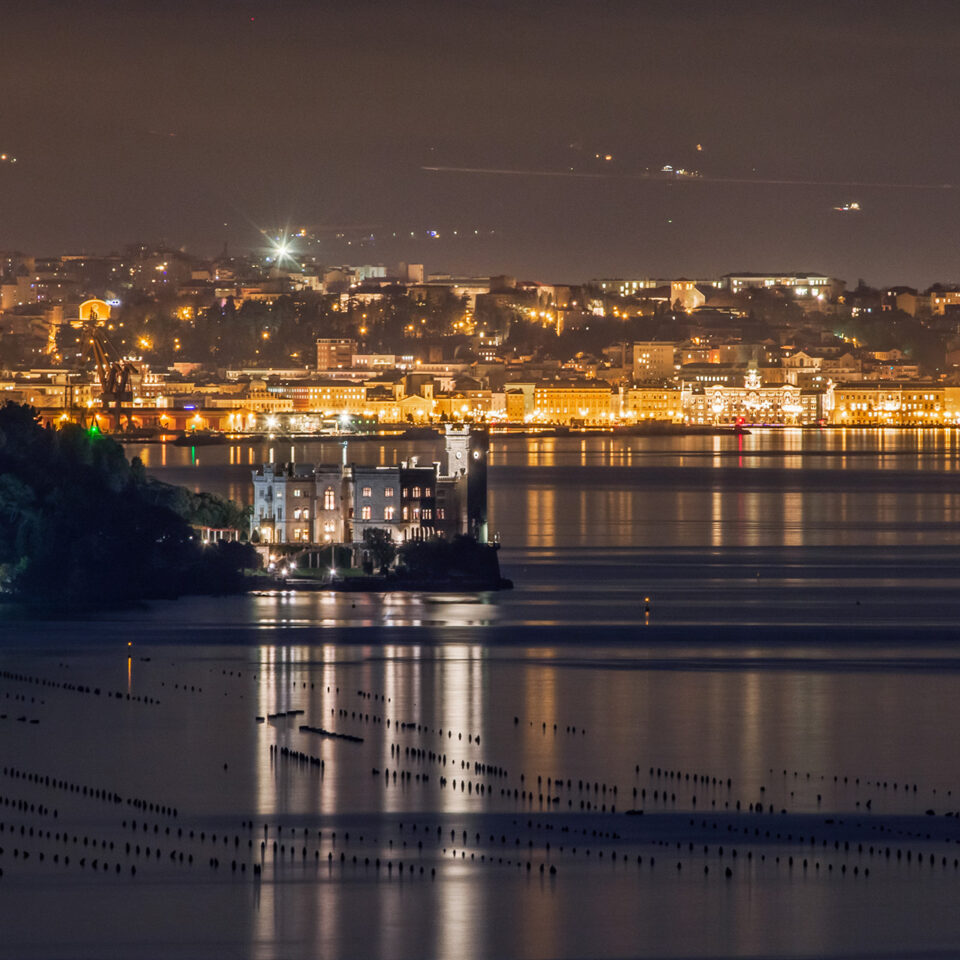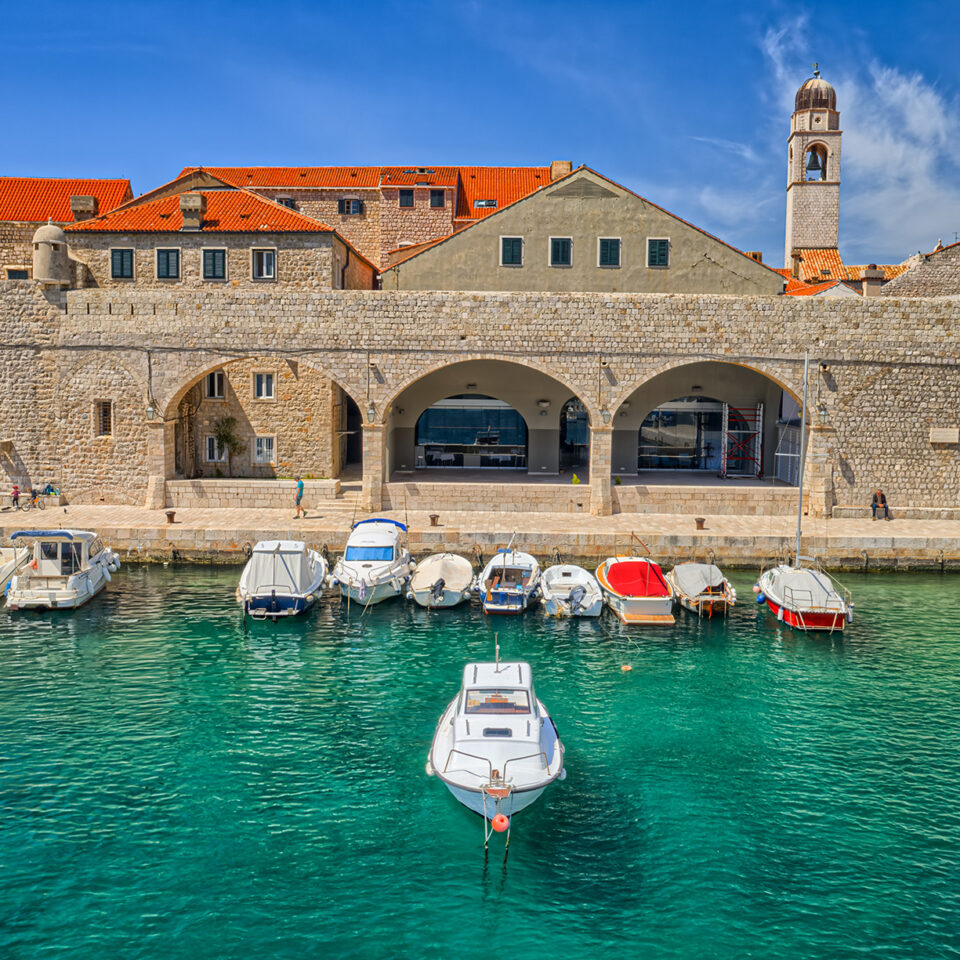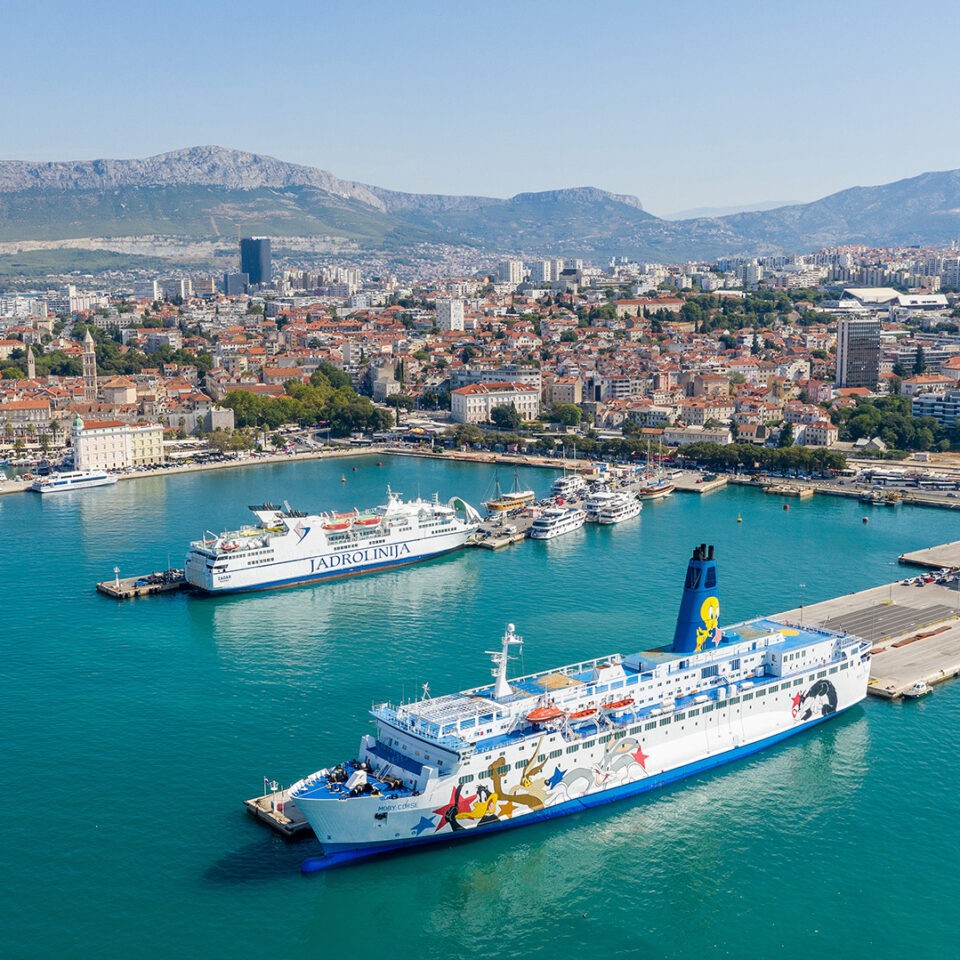

PALMANOVA
The star-shaped city became a UNESCO World Heritage Site in 2017. The history of Palmanova begins on a specific date, October 7, 1593, St. Justine’s Day, when a team of engineers drew up a plan to strengthen the defenses on the Friuli territory against the Turks and the expansionist strategies of the Habsburgs. The result is a perfect military fortification of the late Renaissance period. The characteristic nine-pointed star plan, formed by three concentric circles of walls, two built by the Republic of Venice, consisting of nine bastions and nine ravelins, and a third, the outermost, consisting of nine lunettes. The latter was added by Napoleon Bonaparte in the early 19th century. Palmanova remained under the rule of the Republic of Venice for more than two hundred years, until Napoleon conquered it.
Then, there was the signing of the Treaty of Campoformido, which brought the fortress back under the Austrian Empire, until its conquest by the Kingdom of Italy in the 19th century.
Palmanova can be explored by entering through one of its gates, which quickly lead to the hexagonal-shaped central square surrounded by the Doge’s Cathedral, the house of the Provveditore Generale, the Loggia della Gran Guardia, the Loggia dei Mercanti and the Monte di Pietà palace.
A dense network of tunnels, once used by the militia for hidden movement from attackers, links the fortifications together. In addition, the outer walls, which are more than four kilometers long, allow visitors to admire the majesty of this unique fortress-city.


